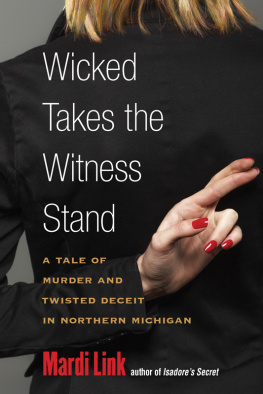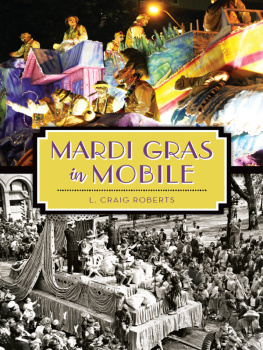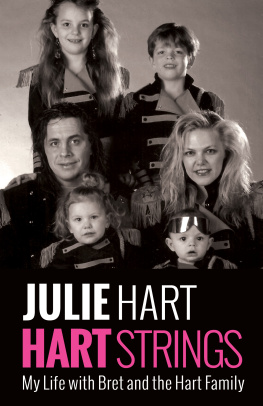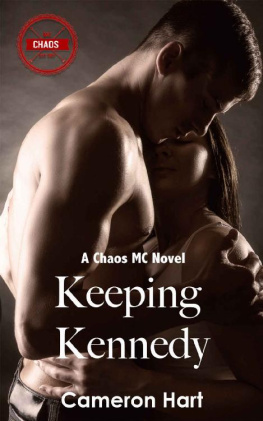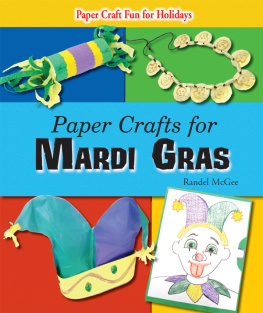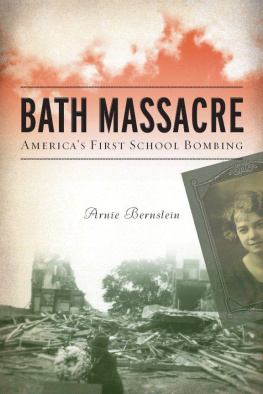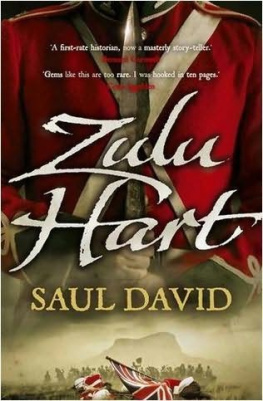Mardi Link - When Evil Came to Good Hart
Here you can read online Mardi Link - When Evil Came to Good Hart full text of the book (entire story) in english for free. Download pdf and epub, get meaning, cover and reviews about this ebook. year: 2018, publisher: University of Michigan Press, genre: Non-fiction / History. Description of the work, (preface) as well as reviews are available. Best literature library LitArk.com created for fans of good reading and offers a wide selection of genres:
Romance novel
Science fiction
Adventure
Detective
Science
History
Home and family
Prose
Art
Politics
Computer
Non-fiction
Religion
Business
Children
Humor
Choose a favorite category and find really read worthwhile books. Enjoy immersion in the world of imagination, feel the emotions of the characters or learn something new for yourself, make an fascinating discovery.

- Book:When Evil Came to Good Hart
- Author:
- Publisher:University of Michigan Press
- Genre:
- Year:2018
- Rating:5 / 5
- Favourites:Add to favourites
- Your mark:
- 100
- 1
- 2
- 3
- 4
- 5
When Evil Came to Good Hart: summary, description and annotation
We offer to read an annotation, description, summary or preface (depends on what the author of the book "When Evil Came to Good Hart" wrote himself). If you haven't found the necessary information about the book — write in the comments, we will try to find it.
Mardi Link: author's other books
Who wrote When Evil Came to Good Hart? Find out the surname, the name of the author of the book and a list of all author's works by series.
When Evil Came to Good Hart — read online for free the complete book (whole text) full work
Below is the text of the book, divided by pages. System saving the place of the last page read, allows you to conveniently read the book "When Evil Came to Good Hart" online for free, without having to search again every time where you left off. Put a bookmark, and you can go to the page where you finished reading at any time.
Font size:
Interval:
Bookmark:
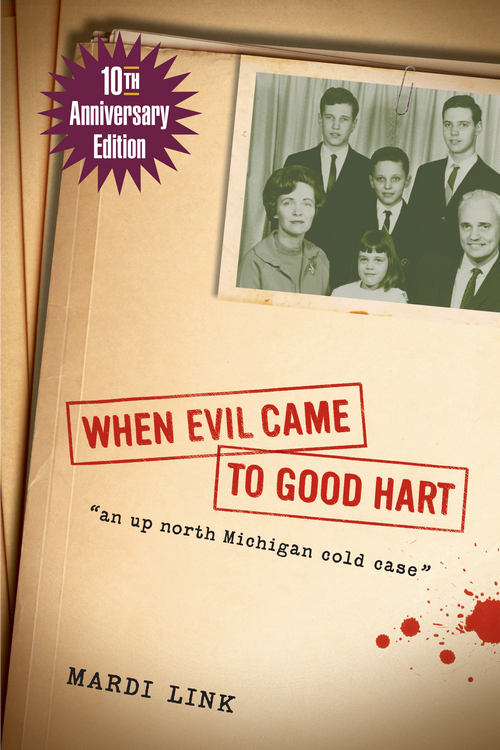
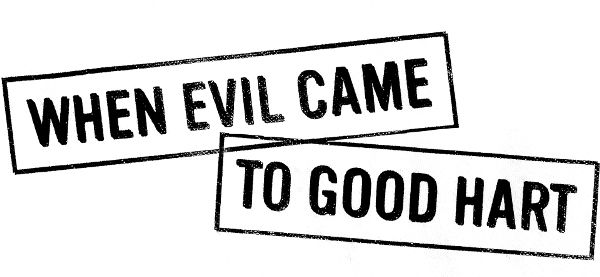
The University of Michigan Press
Ann Arbor
Tenth Anniversary Edition first published 2018
Copyright 2008 by Mardi Link
All rights reserved
Published in the United States of America by
The University of Michigan Press
Manufactured in the United States of America
No part of this publication may be reproduced,
stored in a retrieval system, or transmitted in any form
or by any means, electronic, mechanical, or otherwise,
without the written permission of the publisher.
A CIP catalog record for this book is available from the British Library.
Library of Congress Cataloging-in-Publication Data
Link, Mardi.
When evil came to Good Hart / Mardi Link.
p. cm.
ISBN 978-0-472-11666-9 (cloth : alk. paper)
ISBN 978-0-472-03315-7 (pbk. : alk. paper)
1. Mass murderMichiganGood Hart. I. Title.
HV6534.G66L56 2008
364.152'30977488dc22 2008015028
Photographs courtesy of Michigan State Police
ISBN: 978-0-472-03722-3 (pbk. : alk. paper)
ISBN: 978-0-472-12390-2 (e-book)
To my boys
I have so much gratitude toward the many people in northern Michigan and elsewhere who welcomed me into their homes, their businesses, their past, and their present. Thanks to book-lover extraordinaire Trina Hayes; mobile tour guide Bill Little; Good Hart historian Carolyn Sutherland and her husband, Jim. Linda Bolton gave me a gracious tour of her home in Good Hart, a beautiful and charming example of Bliss architecture that she and her husband Rick have had lovingly restored by Bill Glass. Bonnie Bliss Weitzel has let nothing destroy her love of Good Hart, and for that she has my respect and admiration. Stephanie Guyor is due much credit by anyone who takes in the lovely St. Ignatius Mission Church in a quiet moment.
Sheriff Pete Wallin and Detective J. L. Sumpter of the Emmet County Sheriffs Office graciously opened up their exhaustive records on the case and provided me with their own personal observations and wisdom, which was invaluable. Thank you to Petoskey News-Review editor Kendall Stanley for a well-lit room and a pile of old photographs and faded newspaper clips. Thank you, Shannon Akans and Linda Ortiz of the Michigan State Police, for access to that agencys well-organized, behemoth file on the case. I am proud to be a citizen of a state that has the Michigan State Police looking out for our welfare. Thanks to Scott Libin of the Poynter Institute and John Flesher of the Associated Press for lessons in journalistic ethics; thanks to Rod Doherty for getting me started; Al Koski offered his pointed and motivational remarks.
Thanks also to the University of Michigan Press and Mary Erwin for an institutional and personal commitment to Michigan storytelling; Bear River Writers Conference and Richard McCann; and Antioch Writers Workshops Betty Crumrine Creative Nonfiction scholarship program. Your support and kindness continue to be immeasurable. Thanks to Lynne Hugo, writer, teacher, and friend. Thank you, Alex Moore, for canoe floats and literary laments; Deb Schepperly, Aim Merizon, Mary Ellen Geist, and Emily Meier for your kind editorial encouragement.
Thanks to the Drummond Girls for nurturing my love of the north, thanks to my Link family for time alone on the Lake Huron shore, thanks to my sons Owen, Luke, and Will, three bright, happy, and thriving boys despite their preoccupied mother. And finally, thank you, Pete Morton, for continuing to ask me every writers favorite question: What happens next?
The true crime empire continues to thrive because modern culture still offers no systematic and satisfying way to come to terms with human evil. The question posed here is fundamentally theological: is evil a super-natural power engaged in a timeless, cosmic struggle against the forces of Good, or do bad things just happen randomly in an amoral universe devoid of any larger meaning?
Karen Halttunen, Murder Most Foul: The Killer and the American Gothic Imagination
This is a true story. It was written nearly forty years after the murder of the Robison family, and many of the people you will meet in these pages were deceased long before I began writing about them. Meticulous records of the case were kept by both the Michigan State Police and the Emmet County Sheriffs Office, including taped and written interviews of friends, family members, business associates, suspects, and others in the midst, and on the fringes, of the investigation.
In addition, the case was thoroughly covered by reporters working for the New York Times, United Press International, the Associated Press, the Chicago Tribune, the Detroit News, the Detroit Free Press, the Petoskey News-Review, the Traverse City Record Eagle, the Harbor Light, and other newspapers and magazines. Even the noir and titillating True Detective magazine published an in-depth article on the crime, with names disguised. Quoted material attributed to deceased persons or to persons still living whom I was unable to interview was obtained from these official reports and journalistic accounts.
Other sources I consulted include Michigan State Attorney General records, U.S. Army Military Intelligence records, crime scene photographs, investigative photographs, Freedom of Information Act filings, compilations of local history, personal interviews with year-round and summer residents of Good Hart, Harbor Springs, Charlevoix, and Petoskey, Michigan, and my own observations. Any errors of omission, history, fact, or judgment are mine.
Fifty years have passed since Richard Robison, his wife Shirley, their four children Richard Jr., Gary, Randy, and Susan, walked the Lake Michigan coastline, skipping stones and enjoying time away from the city. Ten years have passed since the first edition of When Evil Came to Good Hart was published. Ive since written two other books about mysterious cold cases in Michigan, and yet it is this case that inspires the most mail from readers, the most questions from law enforcement, the most urgent calls for a solution. Since the summer of 1968, a single question has reverberated throughout the village of Good Hart: Who killed our summer people, and why? For my thoughts on these issues, consult the new afterword in this 10th Anniversary Edition.
Some say that the village of Good Hart, Michigan, is haunted. It is not haunted in the manner that most well-rooted places can become haunted. There is no ghost here that I have seen or felt the opaque presence of, no dark wraith or caped phantom dragging chains in the night or galloping through town on a mist-shrouded mount. No, this diminutive northern coastal town of well-tended cottages, ancient trees, Native American legends, and a clenched fist of locals is haunted by an answer that will not come.
In June 1968, a wealthy Detroit family, the Robisons, was slain here inside their summer cottage by an unknown assailant, who murdered them while they sat at their dining room table playing a game of double solitaire. Today the guilty person is a stranger still, officially at least. Forty years later Good Hart still asks, Who killed our summer people, and why?
The RobisonsRichard, Shirley, and their four childrencame to Good Hart every summer to find their bliss, as the saying goes. And from all accounts, for a time they did find it. The family drove the 275 miles north as soon as school let out for the summer, and planned to spend the next three months at Blisswood, a private development of pine log and birch bark summer homes nestled in the protective dunes alongside Lake Michigan. Like countless other downstate families, the Robisons left behind the schedule of the city, replaced its grime with beach sand and its grit with carefree hunts for Petoskey stones. Every June, when they drove away from their home in a suburb of Detroit and headed north, they also left behind the crime of the cityor so they thought.
Next pageFont size:
Interval:
Bookmark:
Similar books «When Evil Came to Good Hart»
Look at similar books to When Evil Came to Good Hart. We have selected literature similar in name and meaning in the hope of providing readers with more options to find new, interesting, not yet read works.
Discussion, reviews of the book When Evil Came to Good Hart and just readers' own opinions. Leave your comments, write what you think about the work, its meaning or the main characters. Specify what exactly you liked and what you didn't like, and why you think so.

